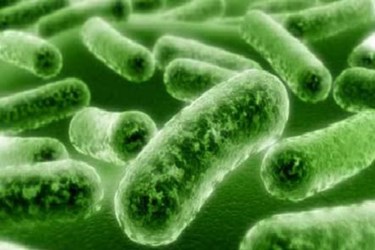Listeria, Meet Your Match!
By Laurel Maloy, contributing writer, Food Online

Bio illumination technology is currently in the testing phase, targeting Listeria now and poised to take on E. Coli and Salmonella
Currently, the only way to diagnose Listeria is to grow cellular cultures, a time-consuming, cumbersome, and expensive process. The testing procedure requires the collection of random samples from the food, as well as from food contact surfaces. In the Food Safety and Inspection Service (FSIS) guidelines, the list of possible food contact surfaces is extensive. FSIS also does not personally collect these samples, but relies on the farms and facilities to collect these random samples and forward them for testing.
In the event of illness or death, the hunt begins for the Listeria-contaminated food, a tracking process that the Food Safety Modernization Act (FSMA) is designed to improve upon. The fact, however, remains; this testing is done after the fact. Illness or death was the precursor for the processor. But, what if there was a quick, efficient process by which Listeria could be identified before it ever reached the consumer?
According to Sample6, a Boston-based company, its Bio Illumination Platform is the answer. Professor Tim Lu and Dr. Michael Koeris, the developers of this pathogen diagnostic system, say it can detect a single cell in just a few hours. The innovative process utilizes bacteriophages, or phages, to inject pathogenic bacteria with an enzyme. The enzyme, when introduced to pathogenic bacteria, reprograms it to illuminate intensely, even when only a small sampling of cells is present.
The current assay is for Listeria detection only, though Lu has stated it can easily be modified for targeting other pathogens. The bacteriophage for Listeria will not, for example, attack E. coli, and can discriminate between pathogenic bacteria and the possible multitudes of harmless bacteria in the same sample. Lu says, “Phages are the most abundant biological particle on Earth. Since they have coevolved with bacteria for eons, nature provides a rich database of phages which target desired bacteria. Thus, by sourcing from nature, we can adapt the platform to other pathogens and applications.”
The process is almost ridiculously easy. Workers swab the food and then use a specialized machine to detect any light coming from the sample. Easy and quick, this test can be done in the field, in the plant, or in the warehouse, preventing contaminated food from making its way to consumers’ tables.
For the past six months several of Sample6’s clients have been field-testing the Bio Illumination Platform. Upon its certification, this technology will be available to all food processors, eventually being expanded to include assays for the detection of E. coli and Salmonella.
